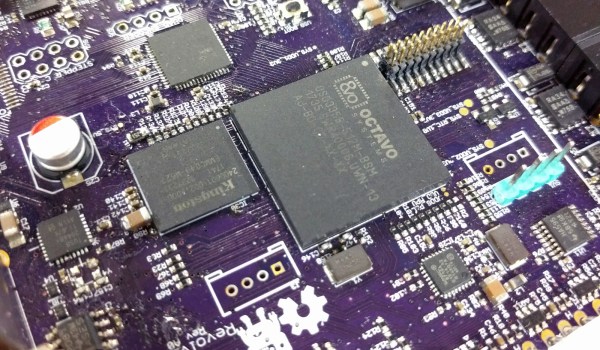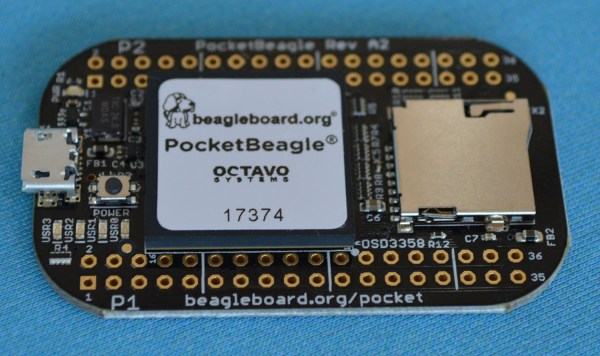The ESP-32 is the Next Big Chip. This tiny microcontroller with WiFi and Bluetooth is the brains of the GameBoy on your keychain, emulates an NES, and does Arduino. There are ESP32 modules that are somewhat easy to acquire, but so far the bare chips have been unobtanium. Now you can buy them. One supplier has them for $3.60 USD/piece. That’s a lot of computational power, WiFi, and Bluetooth for not much money. What are you going to build?
What is the power of artisanal product videos? The argument for this trend cites [Claude C. Hopkins] and how he told consumers what no one else would tell them. In other words, if you and your competitors have product designers working on the enclosure, tell the consumer you have product designers working on the enclosure before your competitors do coughapplecough. In other words, marketing your product as ‘artisanal’ is simply telling consumers what all products in your market do, and this type of advertising is the easiest to create. See also: music with whistling, clapping, a ukulele, and a Fisher Price xylophone – it’s popular because it’s very easy to make.
Over on hackaday.io, [Michael Welling] is stuffing a BeagleBone in one of those mini Altoids tins. This build is based on the Octavo Systems OSD3358, otherwise known as the BeagleBone on a Chip. This is an absurdly small build, but surprisingly something we’ve seen before. Before the Octavo chip was released, [Jason Kridner] built a mini BeagleBone breakout for this chip in the mini Altoids form factor. [Jason] did it in Eagle, [Michael] is doing it in KiCad. Awesome work, and just what you need if you want Linux in your pocket.
Every month or so, Hackaday (or at least the Hackaday Overlords) hold events in LA, NYC, and San Francisco. These events are free, there’s usually pizza, and there’s always a speaker or two giving a talk on a very interesting topic. Waaaaaay back in July, we had the monthly Hardware Developers Didactic Galactic meetup in SF, with two great talks. [Jason Cerundulo], a CastAR engineer gave a talk about various ways of driving a LED. [Werner Johansson], a former Sony designer, talked about software-defined power supplies. There’s mention of a ‘transverter design’ which sounds like excellent Berman-era Trek technobabble but is really a power converter without a transformer. Both of these talks can be seen below.
Continue reading “Hackaday Links: February 19, 2017” →






















